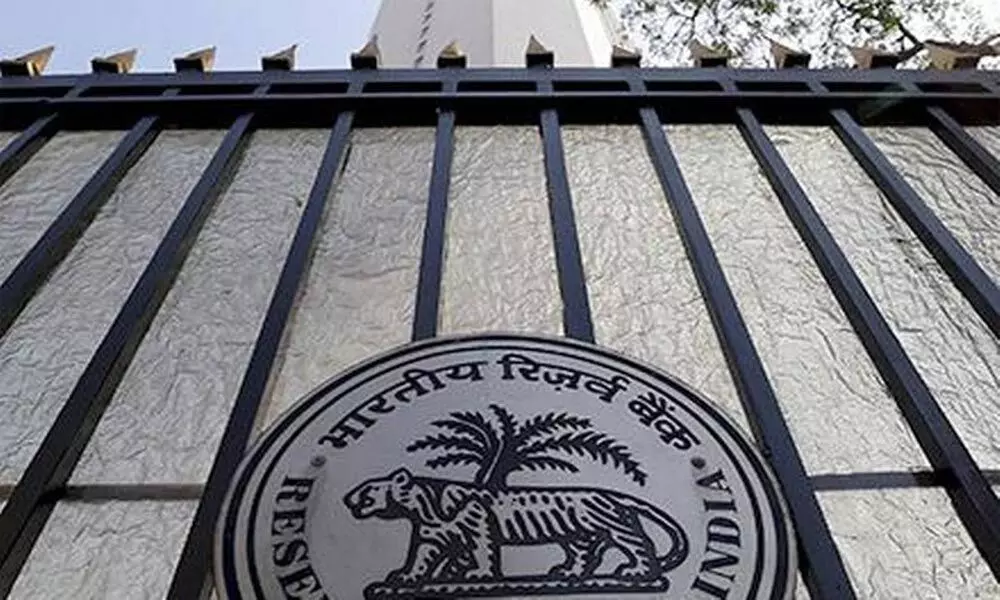Omicron concerns: 'Reverse Repo' hike can wait, says SBI Ecowrap
The need to raise 'Reverse Repo' rate during the upcoming monetary policy review "can wait" till concerns over Covid-19's new variant --Omicron are addressed, said SBI Ecowrap report
image for illustrative purpose

Mumbai, Dec 4 The need to raise 'Reverse Repo' rate during the upcoming monetary policy review "can wait" till concerns over Covid-19's new variant --Omicron are addressed, said SBI Ecowrap report.
Lately, concerns have risen over Omicron's impact on growth.
The monetary policy review is slated for December 6-8.
It is widely expected that RBI's MPC will maintain a status-quo in key lending rates.
At present, the MPC of the central bank has maintained the repo rate, or short-term lending rate, for commercial banks, at 4 per cent.
Consequently, the reverse repo rate was kept unchanged at 3.35 per cent.
Besides, system liquidity remains in the surplus mode with the average daily net absorption under the liquidity adjustment facility (LAF) at Rs 7.6 lakh crore in November 2021.
However, the RBI has made a calibrated progress towards liquidity normalisation since the October policy with amount parked in overnight fixed reverse repo declining to Rs 2.6 lakh crore from Rs 3.4 lakh crore at pre-October policy.
"Against this background, we believe the talks of a reverse repo rate hike in the MPC meeting may be premature as RBI has been largely able to narrow the corridor without the noise of rate hikes and ensuing market cacophony," the report said.
Furthermore, the report cited that RBI is not obliged to act on reverse repo rate only in MPC.
"Also, change in reverse repo rate is an unconventional policy tool that the RBI has effectively deployed during crisis when it moved to a floor instead of the corridor."
"We believe, the RBI may deflate the hype around reverse repo hike in monetary policy by explaining the virtues of using reverse repo change as a pure liquidity tool and not a rate tool."
Additionally, the report pointed out that US Fed has indicated accelerating the bond tapering program, thereby, ending it earlier than anticipated.
"Against this background, delaying normalisation measures is prudent in the current situation which would also give time for economic recovery to strengthen further."
"Also, rate differential needs to emerge between 'VRRs' of different maturities so that Banks are incentivized to park funds in the longer term 'VRRRs'. This can be achieved by reducing the amount available under auction in 7 days and reallocating the same to 28 days."

